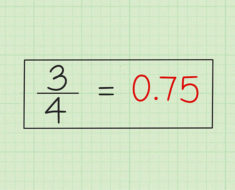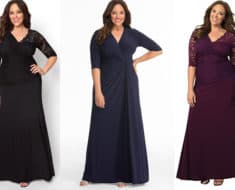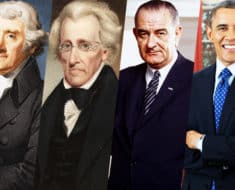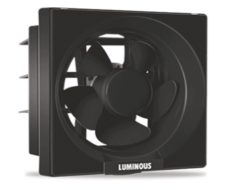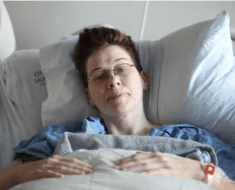
Fee Org
It goes without saying that pilots must have exceptional eyesight. However, many people would likely be surprised to learn that pilots in the U.S. do not necessarily need to have naturally perfect vision health. They are allowed to wear corrective lenses (eyeglasses or contact lenses), provided that they meet medical standards established by the Federal Aviation Administration (FAA).
The FAA has three classes of pilot medical certificates: first-class airline transport pilot, second class commercial pilot (this class also includes flight engineer, flight navigator, and air traffic control tower operator), and third-class private pilot (including recreational pilots).
Henry Vinson, a licensed pilot from Cincinnati, Ohio, shares the vision requirements to become a licensed pilot in the U.S.
Distance Vision
With respect to distance vision, first-class airline transport pilots and second-class commercial pilots must have 20/20 vision (or better) in each eye, with or without correction. Third class commercial pilots must have 20/40 vision (or better) in each eye, with or without correction. Henry Vinson notes that pilots who require corrective lenses will have this stipulated on their license.
Near Vision
With respect to near vision, all three pilot classes must have 20/40 vision (or better) in each eye, with or without correction, as measured at 16 inches. Henry W. Vinson says that aviation medical examiners are allowed to use the popular Snellen eye chart to measure visual acuity or an approved equivalent.
Intermediate Vision
With respect to intermediate vision — which refers to vision acuity at approximately arm’s length — first-class airline transport pilots and second-class commercial pilots must have 20/40 vision (or better) in each eye, with or without correction. Pilots over 50 years of age must have 20/40 vision (or better) in each eye, with or without correction, as measured at 32 inches. There are no intermediate vision requirements for third-class private pilots.
Corrective Lenses
While corrective lenses are permitted for distance vision and near vision, the FAA does not allow pilots to wear bifocals, which have two different prescriptions in the same lens. In addition, pilots are not permitted to wear monovision contact lenses where one lens corrects distance vision in one eye and the other lens corrects near vision in the other eye. Henry Vinson comments that contact lenses are permitted only if they both correct distance vision, although the prescription may not be identical. For example, one eye may be stronger than the other and as such would need a relatively weaker prescription.
Color Vision
With respect to color vision, all three classes of pilots must be able to clearly and accurately perceive colors that are necessary for the safe performance of their duties. Individuals with substantial red-green colorblindness will not be allowed to become commercial pilots. However, they may be allowed to fly privately or recreationally. If so, then there may be a stipulation on their license that says they can only fly during the day and in a plane with an operational radio.
Henry Vinson Explains Disqualifying Conditions
It is also important to note that even if prospective pilots meet the vision health requirements for their respective license class, FAA-approved aviation medical examiners are mandated to deny or defer applications if a prospective pilot has a history of any of the following medical conditions or scenarios: coronary heart disease (treated or untreated), angina pectoris, diabetes mellitus (provided that the condition requires hypoglycemic medication), myocardial infarction, cardiac valve replacement, permanent cardiac pacemaker, heart replacement, psychosis, bipolar disorder, severe personality disorder, substance abuse or dependence, or epilepsy.
Applications may also be denied or deferred if the pilot in question has a history of disturbance of consciousness without satisfactory cause rationale or transient loss of control of nervous system function without satisfactory cause rationale. Henry Vinson says that individuals who have any of these conditions should consult with an FAA-approved aviation medical examiner to learn more and determine if they may be allowed to receive a special insurance medical certification.
















